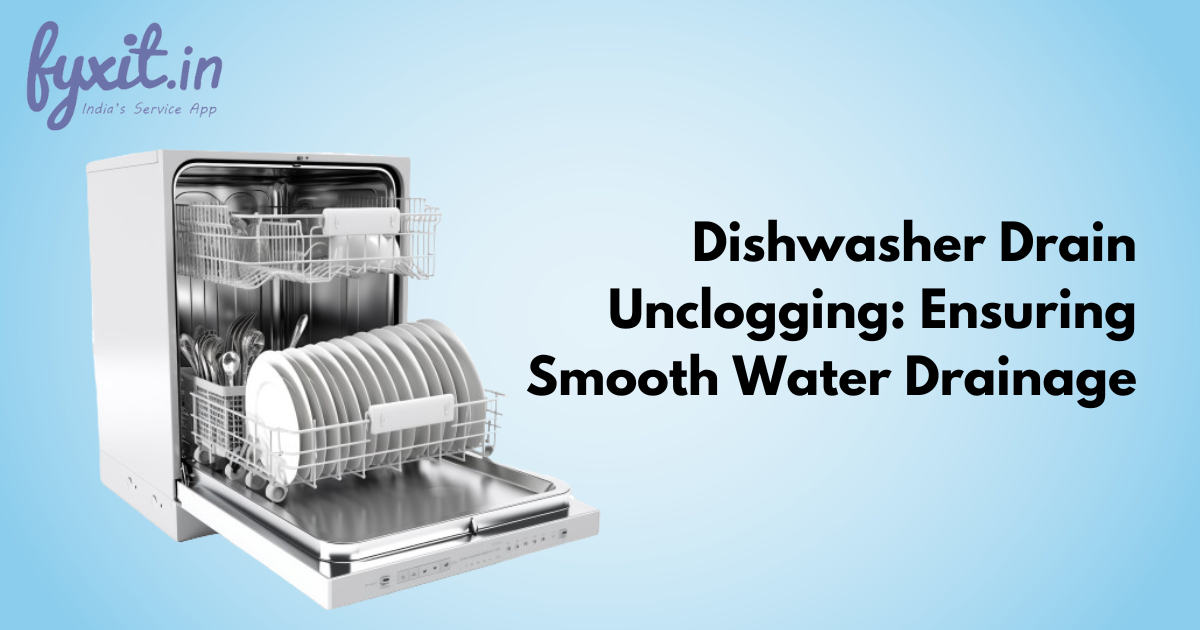Microwaves have become an indispensable appliance in modern kitchens, offering quick and convenient cooking solutions. Central to their safe and effective operation is the integrity of the microwave door seal. The door seal not only ensures that the microwave operates efficiently but, more importantly, prevents radiation leaks. Let us delve into the significance of the microwave door seal, signs of wear and tear, and the step-by-step process of replacing it to maintain a safe kitchen environment.
Table of Contents
The Crucial Role of the Microwave Door Seal
Radiation Containment
The primary function of the microwave door seal is to contain the electromagnetic radiation generated during the cooking process. Microwaves operate by emitting microwaves that cause water molecules in food to vibrate, generating heat. A compromised door seal could lead to radiation leakage, posing health risks and diminishing the microwave’s efficiency.
Energy Efficiency
An intact door seal also contributes to the energy efficiency of the microwave. When the seal is damaged, heat escapes, requiring the appliance to work harder and consume more energy to achieve the desired cooking results. Replacing a worn-out seal helps maintain optimal energy efficiency.
Signs of a Worn Microwave Door Seal
Visible Wear and Tear:
Inspect the door seal for any visible signs of wear, such as cracks, tears, or deformities. Over time, the constant opening and closing of the microwave door can cause the seal to deteriorate.
Unusual Noises:
If you notice unusual noises during the operation of the microwave, it could be a sign that the door seal is not creating a proper seal. Whistling or hissing sounds may indicate the escape of microwave radiation.
Uneven Cooking:
Inefficient cooking, with some parts of the food not heating as expected, can be a consequence of a compromised door seal. This is because the radiation needed for cooking is escaping through gaps in the seal.
Steam Escaping:
Steam escaping from the sides of the microwave door during operation is an observable sign of a faulty seal. The door should remain tightly closed to contain steam and heat.
The Replacement Process
Note: Before starting the replacement process, ensure the microwave is unplugged to guarantee safety.
Identify the Right Replacement Seal:
Contact the microwave manufacturer or refer to the user manual to obtain the correct replacement door seal. Microwaves come in various models, and using the right seal is crucial for proper functioning.
Remove the Old Seal:
Carefully peel off the old door seal from the door frame. Take note of the position of the existing seal, as this will guide you in correctly placing the new seal.
Clean the Area:
Use a mild detergent and water to clean the area where the old seal was attached. Ensure that there is no residue left on the door frame, as this could affect the adhesion of the new seal.
Apply the New Door Seal:
Starting from one end, align the new seal along the edge of the door frame. Press it firmly into place, ensuring that it adheres securely. Follow the specific instructions provided with the replacement seal, as different seals may have varying application methods.
Allow for Proper Adhesion:
Once the new seal is applied, allow it to adhere properly. This might involve keeping the microwave door closed for a specified period, as per the manufacturer’s instructions.
Perform a Test Run:
Plug in the microwave and perform a test run without any food. Listen for any unusual noises and check for steam leakage. If the microwave operates quietly, and the door remains tightly closed, the replacement was successful.
Regular Maintenance:
To extend the lifespan of the new door seal, practice regular maintenance. Wipe down the seal and the surrounding areas to prevent the buildup of food particles or residues that could compromise its integrity.
A properly functioning microwave door seal is crucial for the safe and efficient operation of the appliance. Regular inspection and prompt replacement when signs of wear appear are essential practices for maintaining a safe kitchen environment. By following the replacement process diligently, users can ensure that their microwave continues to serve as a reliable and secure kitchen companion.



